I thought that an H-Bridge was simple enough to put together. So I loaded LTSPICE and made a sqaure wave with 4 voltage sources, 180 degrees out of phase and fed each oposing corer a signal appropriate to its location. I thought there is nothing more to it than that yet severe shoot thru is happening (look at pic). What H-Bridge prinicples am I missing for basic operation? What didn't I not take into consideration? What will stop shoot-thru condition?
Please refrain from mentioning anything about gate drivers because this is an over simplistic circuit which is just a proof of concept.
Demonstrating that signals are out of phase.
Please elaborate on dead time, it seems to be the key issue here.


